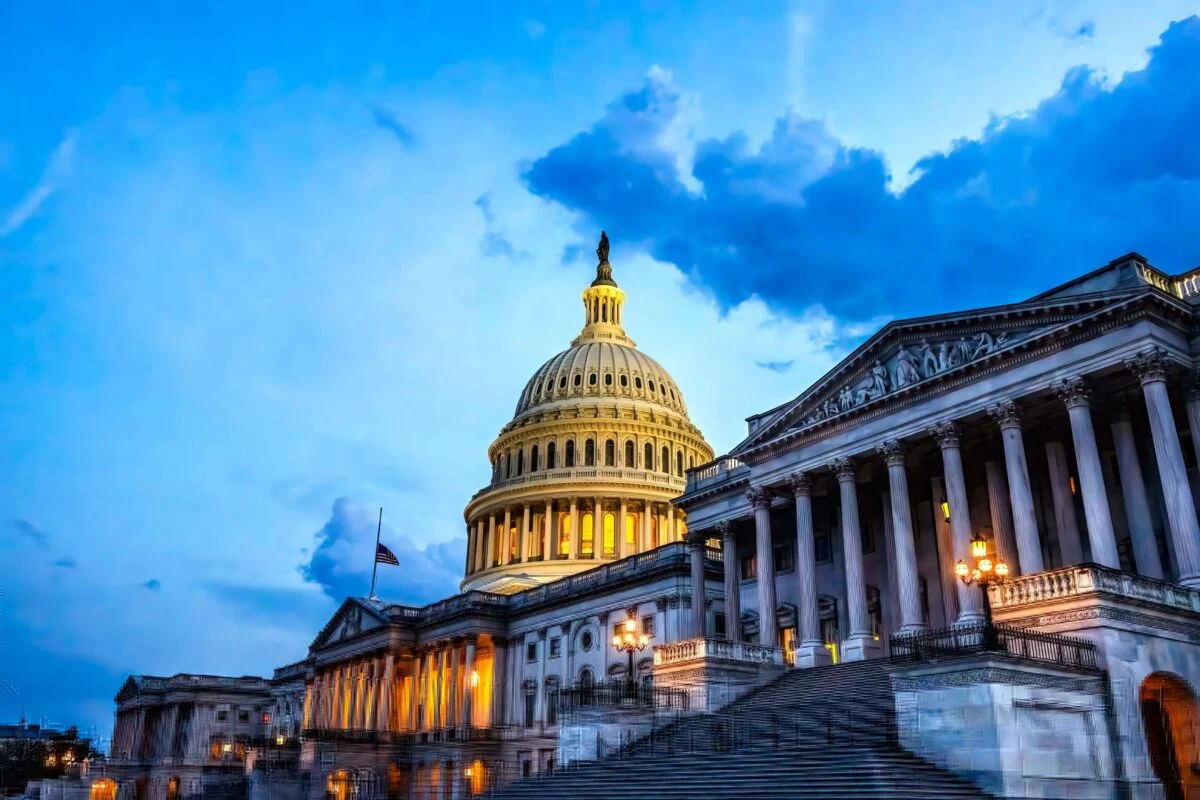- US ETF inflows reach a record $1T in 2025, marking 41 straight months of gains.
- Mutual funds see $481B in outflows as ETFs attract cost-conscious investors.
- Bond and gold ETFs post strong growth as inflation drives safe-haven demand.
- Asia’s crypto ETF market expands rapidly with Hong Kong and Singapore leading.
A record-breaking wave of investment has reshaped financial markets in 2025. Over $1 trillion has flowed into US exchange-traded funds (ETFs) at a pace never seen before. The rise signals a major investor shift from traditional mutual funds to more transparent and lower-cost ETF structures. Bond, gold, and crypto ETFs have led the surge, reflecting growing demand for diversified and inflation-resistant assets.
Rapid Growth Marks a Transformative Year
US ETFs have surpassed $1 trillion in net inflows this year, according to State Street Investment Management. The data suggests that total inflows could reach $1.4 trillion by year-end, setting another record for the industry. Analysts say the milestone reflects the growing investor preference for efficiency and flexibility in portfolio construction.
ETFGI data shows total US ETF assets at $12.7 trillion by the end of September. This marks 41 consecutive months of net inflows and a 23% growth rate since the start of the year. “Any market correction might slow the pace, but it wouldn’t halt the trend,” said Matt Bartolini, State Street’s global head of research, in a statement reported by Reuters.
Bond ETFs recorded $39 billion in inflows last month alone. Gold-backed ETFs have also gained traction, with the SPDR Gold Trust ETF attracting nearly $16 billion in new funds as gold prices reached new highs above $4,100 per ounce. These flows reflect both inflation concerns and investors’ search for stability in volatile markets.
Shift from Mutual Funds Accelerates
The rise of ETFs has coincided with large outflows from mutual funds. According to data from BlackRock and Tidal Financial Group, mutual fund outflows have reached $481 billion this year. This migration indicates a lasting structural change in investor behavior as transparency and lower costs become top priorities.
ETF issuers such as iShares, Vanguard, and SPDR continue to dominate the market, controlling about 72% of total assets. There are now 428 providers operating in the US, reflecting growing competition among asset managers. Many investors view ETFs as a more liquid and cost-effective option, allowing them to adjust positions quickly across different market sectors.
Industry analysts say that the trend is supported by technology-driven access and the expansion of trading platforms. As more investors move to self-directed accounts, ETFs have become a core tool for both institutional and retail strategies.
Crypto ETFs Gain Traction in Global Markets
Alongside traditional ETFs, crypto-linked funds are gaining attention in 2025. The launch of spot Bitcoin and Ethereum ETFs earlier this year has increased institutional participation in digital assets. These products offer exposure to cryptocurrencies through regulated and easily tradable instruments, reducing the need for direct custody.
Aleksey Mironenko, a fee-based advisor, said at a Bloomberg event in Hong Kong, “Crypto ETFs are going to be a massive growth area in Asia in the next five years—could be 10–20% of all assets.” His view reflects a growing industry consensus that ETFs are becoming a bridge between traditional finance and the digital asset sector.
Asia Leads the Next Phase of Expansion
Asia’s ETF market is emerging as a key growth region, driven by regulatory progress in Hong Kong, Singapore, and South Korea. These markets are encouraging new product launches that combine traditional assets with digital exposure. Industry experts expect Asia’s crypto ETF segment to expand rapidly as institutions seek regulated entry points into blockchain-based investments.
JPMorgan’s ETF Monitor reported that active ETFs now represent 37% of total flows, with fixed-income and crypto strategies leading innovation. As global demand rises, issuers are racing to develop next-generation products that combine liquidity, transparency, and digital asset access.
The record inflows of 2025 suggest a lasting transformation in global investing patterns. ETFs are now central to how investors manage risk, diversify portfolios, and gain exposure to both traditional and digital assets.






